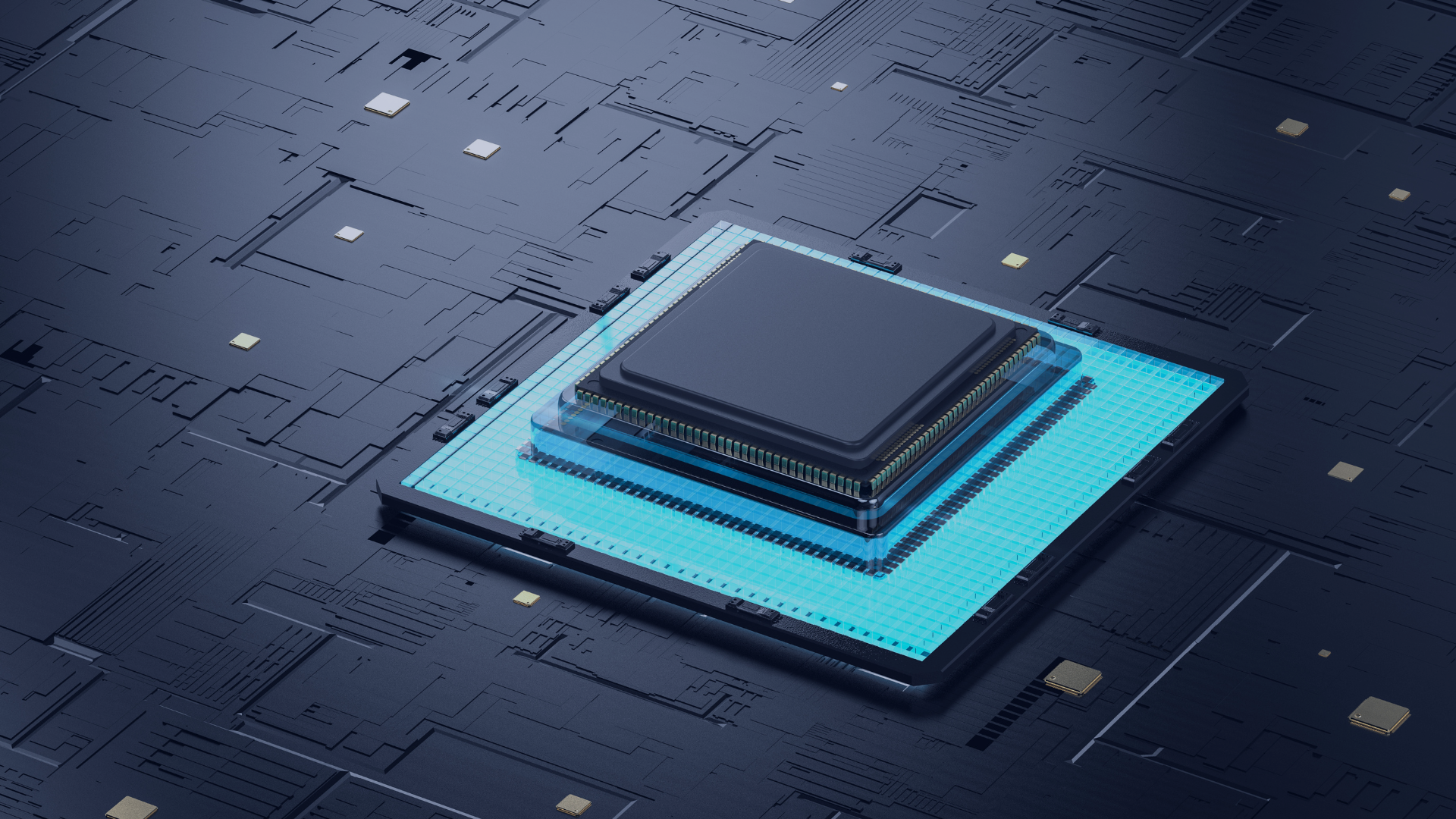One of the latest additions to 2024’s technological advancements, Thunderbolt 5 promises an irresistibly powerful package for hardcore gamers and content creators. These folks will have a lot to look forward to in terms of ultra-high speed up to 120 Gbps (with Bandwidth Boost), support for multiple 8K displays, and up to 240 W charging speeds through a single cable.
Figure 1: Advanced features of Thunderbolt 5. Source: Thunderbolt, Intel.
Thunderbolt 5 at CES 2024
J5create, Hyper and Razer's support of their first Thunderbolt 5 based products were on full display at CES 2024.
J5create's Thunderbolt 5 Dual 8K60 Display Dock was on show which offers three Thunderbolt 5 ports (including one upstream port).
Similarly, Hyper also debuted their Thunderbolt 5 Dock with three Thunderbolt 5 ports (including two upstream ports) as well as two DisplayPort ports and an HDMI port.
Razer had their own new Blade 18 notebook PC to show that can take advantage of Thunderbolt 5 performance.
Thunderbolt 5 Versus Thunderbolt 4
Bandwidth Allocation
|
Thunderbolt 5 |
80 Gbps 120 Gbps (with Bandwidth Boost activation) |
|
Thunderbolt 4 |
40 Gbps |
The Thunderbolt 4-enabled USB Type-C® connector supports up to 40 Gbps Thunderbolt 4 speeds on your Thunderbolt 4 enabled Mac or Windows PC's which is already quite decent. The Thunderbolt 5, on the other hand, doubles this bandwidth by offering 80 Gbps of bi-directional speeds.
On top of that, Thunderbolt 5 is also equipped with Thunderbolt Bandwidth Boost which should further ramp up the video bandwidth to 120 Gbps for data transfer when needed. Bandwidth Boost is extremely useful for those who require a high volume of rapid signal transmission, providing more than enough bandwidth to support both high resolution displays and fast data transfers simultaneously.
In default mode, Thunderbolt 5 should allow max 80 Gbps for each flow of data- 80 Gbps for data transmission and 80 Gbps for receiving data. But when there is a high demand for data traffic, Bandwidth Boost is touted to be able to increase the bandwidth up to 120 Gbps for data transfer. In this case, 40 Gbps bandwidth will be allocated for data receive to keep the total bandwidth capacity in check.
Figure 2: Thunderbolt 5 Bandwidth Allocation. Source: Thunderbolt, Intel
Display Capability
|
Thunderbolt 5 |
Three 4K@144Hz Two 6K Multiple 8K |
|
Thunderbolt 4 |
Two 4K@60Hz One 8K or 6K or 5K |
The Thunderbolt 4 port enables a single 8K, 6K or 5K display or up to two 4K displays to be connected over a single cable. Thunderbolt 5 continues to push this boundary by offering to link up to three 4K or two 6K or even multiple 8K monitors, thus providing videos at higher resolutions.
By connecting two 4K displays to the Thunderbolt 4 port causes the bandwidth for data transfer to be limited. This in turn lowers the refresh rate to only 60Hz for each 4K monitor. Thunderbolt 5 hopes to overcome this restriction by making use of its larger bandwidth capacity to support more high-quality displays without compromising on refresh rates, by allowing up to three 4K displays at 144Hz each to be connected.
The adoption of DisplayPort 2.1 (UHBR20) and USB4® Version 2.0 (80 Gbps) protocols by Thunderbolt 5 is also a key factor for enabling simultaneous connectivity of higher-resolution displays. This will not only allow users to connect multiple 8K monitors but also maximizing a single monitor’s refresh rate up to 540Hz for intensive gaming.
New Signaling Technology
|
Thunderbolt 5 |
PAM-3 signaling 64 Gbps PCIe bandwidth |
|
Thunderbolt 4 |
PAM-2 signaling 32 Gbps PCIe bandwidth |
Thunderbolt 5 comes with PAM-3 or Pulse Amplitude Modulation with three-level signaling technology that is leveraged from the USB4 Version 2.0 platform. This PAM-3 signaling claims to contribute to the accelerated data transfer speeds in Thunderbolt 5 as opposed to lower PAM-2 throughput by previous Thunderbolt generations.
With PAM-3, backward compatibility is possible therefore users would not have to worry on whether they can still use their existing Thunderbolt devices with Thunderbolt 5. As promised by Intel, Thunderbolt 5 will be widely compatible with previous versions of Thunderbolt and USB.
Thunderbolt 5 is also given 64 Gbps PCI Express (PCIe) Gen 4 bandwidth which is double the PCIe bandwidth of Thunderbolt 4 allowing more rapid flow of data from one computer to another while improving data storage and graphical interfaces.
Power Delivery
|
Thunderbolt 5 |
240 W Max 140W power requirement |
|
Thunderbolt 4 |
140 W Max 100 W power requirement |
The power boost continues with the Thunderbolt 5 port requirement to support 240 W charging which means the connected PC can charge itself up to 240 W through USB Power Delivery 3.1. Thunderbolt 4, in comparison, provides USB Power Delivery charging just up to 140 W for the plugged-in PC.
Thunderbolt 5’s adoption of the latest USB Power Delivery protocol via USB Extended Power Range (EPR) presumably enables its 240 W charging capabilities over USB Type-C. Bear in mind that Thunderbolt 5 also requires minimum charging power of 140 W as opposed to 100 W with Thunderbolt 4.
Test and Certify your Thunderbolt Products at GRL
With a wide range of Mac's and Windows PC's now supporting the Thunderbolt technology, media professionals have more choices to use Thunderbolt based peripherals to more efficiently handle their 4K and 8K content workflows.
GRL offers comprehensive test services for Thunderbolt and related industry standards, including USB Power Delivery, USB4®, USB 3.2, USB 2.0, PCIe and DisplayPort. Whether you need testing for peripheral, host, hub, or charger products, we have the experience and expertise to run comprehensive, automated tests that will speed up your product pipelines in no time. Contact us to learn more.


